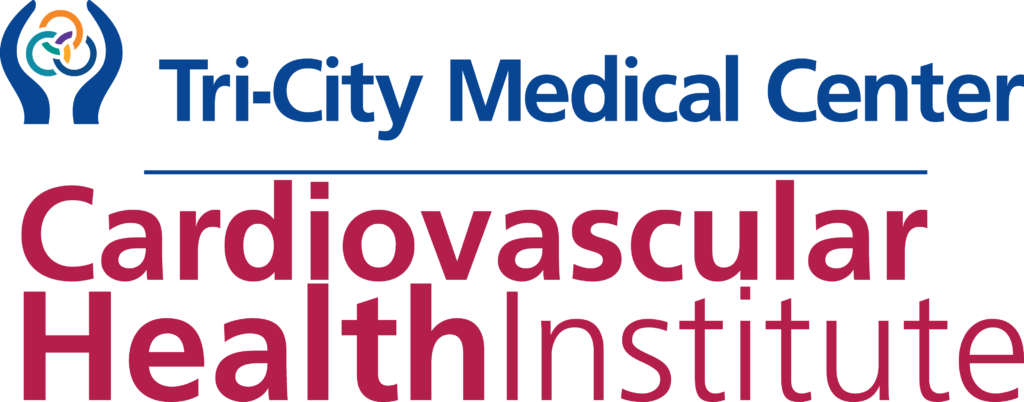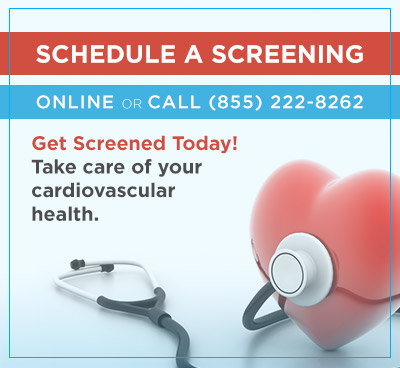Cardiac Catheterization – North County San Diego
What is Cardiac Catheterization?
Cardiac catheterization is a medical procedure used to diagnose and treat certain heart conditions. Doctors may recommend cardiac catheterization for a number of reasons, such as to evaluate chest pain, which can be a symptom of coronary artery disease (CAD). Cardiac catheterization enables your doctor to see whether plaque is narrowing or blocking your coronary arteries. Doctors also can treat CAD during cardiac catheterization using a procedure called angioplasty, where a catheter with a balloon at its tip is threaded to the blocked coronary artery. Once in place, the balloon is inflated to create more space for blood flow.
Heart Catheterization Procedure
Furthermore, cardiac catheterization is used as an emergency procedure to treat a heart attack. Most people who suffer heart attacks have narrow or blocked coronary arteries. So using catheterization with angioplasty allows the doctor to open up blocked arteries and prevent further damage to the heart. A Coronary angiogram is the most popular type of heart procedure. Your doctor may suggest cardiac catheterization if you are experiencing dizziness or other symptoms of heart trouble; if he suspects you may have a heart defect; or if you are scheduled to have heart surgery. Cardiac catheterization is sometimes used to measure blood flow and oxygen levels in different parts of your heart or to take samples of your heart muscle to detect a heart infection or tumor. The night before the procedure, you’ll be asked not to eat or drink anything after midnight. The day of the procedure, you’ll be admitted to the hospital and the area where the catheter will be inserted — usually the groin or arm — will be shaved. If you are feeling anxious, your doctor may administer a sedative to relax you. You will also receive a local anesthetic to prevent pain at the insertion site.
Cardiac Catheterization Procedure Process
A long, thin, flexible tube called a catheter is threaded through your blood vessels to your heart. Our doctors will then add a dye through the catheter that makes your coronary arteries visible on x-rays so he can see how much plaque has built up. Doctors also can use ultrasound during cardiac catheterization. Ultrasound creates detailed pictures of the heart’s blood vessels using sound waves in order to identify any blockages in the coronary arteries. You will be awake during the procedure, and while catheterization causes little or no pain, you may still experience some discomfort afterward in the blood vessel where the catheter was inserted. Serious complications occur very rarely with Cardiac Catheterization.
How Long is a Cardiac Catheterization Procedure?
Than once the procedure is done, you’ll need to lie down quietly to keep the insertion site immobile and be given water to drink to help flush the dye out of your system. Once the nurse believes you are sufficiently recovered, you can have a friend or relative drive you home. In the days following the procedure, make sure to call your doctor immediately if you experience chest pain; swelling, redness, bleeding, drainage, or any other sign of infection at the insertion site; severe pain, a sensation of cold, or a bluish color in the leg or arm used for the catheterization; bloody urine; black stools; or a fever above 101 degrees Fahrenheit.


